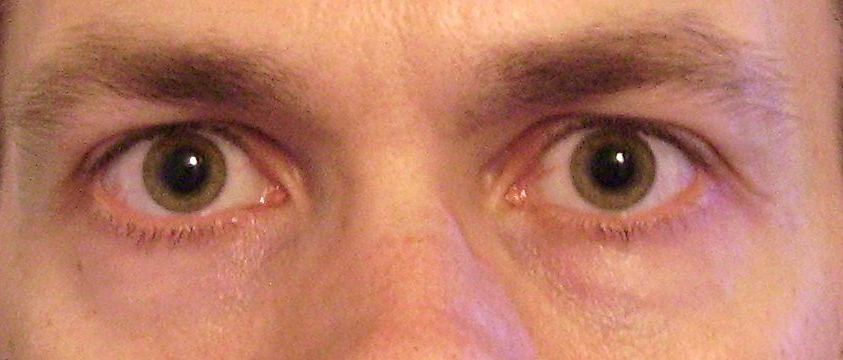Adie Pupil

A number sign (#) is used with this entry because of evidence that Adie pupil is a characteristic of Charcot-Marie-Tooth disease type 2J (607736), which is caused by mutation in the MPZ gene (159440).
Adie (1932) described a stationary, benign disorder characterized by tonic, sluggishly reacting pupil and hypoactive or absent tendon reflexes. De Rudolf (1936) described the disorder in mother and daughter, McKinney and Frocht (1940) in father and son, and Mylius (1938) in sibs. The pupil (Laties and Scheie, 1965) is excessively sensitive to mecholyl (methacholine). In familial dysautonomia, a recessive (see 223900), the pupil is also mecholyl-sensitive and tendon reflexes are absent. An autopsied case was reported by Harriman and Garland (1968), who found neuronal degeneration in the ciliary ganglion. Selective degeneration of neurons in dorsal root ganglia may have been the basis for areflexia. From electrophysiologic studies carried out in 11 patients with Adie syndrome, Miyasaki et al. (1988) concluded that the hyporeflexia in this condition is due to the loss of large spindle afferents or the reduced effectiveness of their monosynaptic connections to motoneurons.
Triggs et al. (2006) described Adie pupil in a family with Charcot-Marie-Tooth disease type 2J. They noted that when diminished deep tendon reflexes are associated with a tonic pupil, the condition is designated Holmes-Adie syndrome.